8171 Rolex 'Padellone'
This was, to all intents and purposes, the first and last time Rolex experimented with complication. If you want a Rolex with a calendar, you’re looking at a 6062 which came after this with an Oyster case, a Killy, or this 8171. The 8171 is known as the ‘Padellone’ (literally ‘frying pan’) for its flat, thin, and vast presence. With a small angled bezel, it’s an all-dial watch. And it’s a sort of 2499 or 1518 of the Rolex world, for obsessives only these days. It is only made more irresistible by the fact that there’s nothing remotely like the Padellone in the modern catalogue. Elegant, complicated Rolex was born and ended here.

The 8171 was produced between 1949 and 1953 in steel, yellow, and pink gold. The case measures 38mm, absolutely massive for its time. The 8171 was released one year or so ahead of the 6062, which added a (slightly smaller) Oyster case. To this day, no one knows why it didn’t start that way or why both were sold alongside eachother. Both are the only vintage Rolexes to feature a moonphase. While Rolex’s other famed complicated offering, the Jean-Claude Killy, used a modified Valjoux 72C to achieve a triple calendar, these two siblings are notable for using an ‘in-house’ Rolex calibre A295 to achieve that complication.

Most estimate that somewhere between 1200-1400 examples were made in all metals, while about 200 are well-documented today. It is thought that of that production the the majority (about 600) are in steel, followed closely by yellow gold then far fewer in pink. The slightest degree of incompetent polishing is always visible on a Padellone as the lug sides were satin-brushed. Additionally, there are a very faint coronet and case number on the back which get lost immediately. Gold cases usually read ‘OCC’ like this one, while steel read ‘Precision’. As this is an early case with correcting pushers and a snap-back, moisture on dials is a real problem. For all its flaws and required reading, that high barrier to entry just makes the Padellone more attractive to a select few. For my .02, the Padellone just reminds me of what might have been, with Patek Philippe-rivaling gracefulness, had this thread continued.


Now, this is not a perfect example but it’s also pretty good overall. Going off images, so not a perfect assessment, the case has been lightly polished. The lug sides aren’t pictured, but there is a slight rounding to the top edge. Its caseback, though, still has both the coronet and case number. I’d really want to loupe both if I were purchasing. The dial is aged, honest, and still very attractive. It has a light grained texture, almost certainly from moisture. All printed scripts are still very much present, if a tough light as well. Its yellow gold Oyster bracelet absolutely makes it. It is not a complete knockout on condition, but also far from bad. It comes from a well-regarded Milanese retailer.















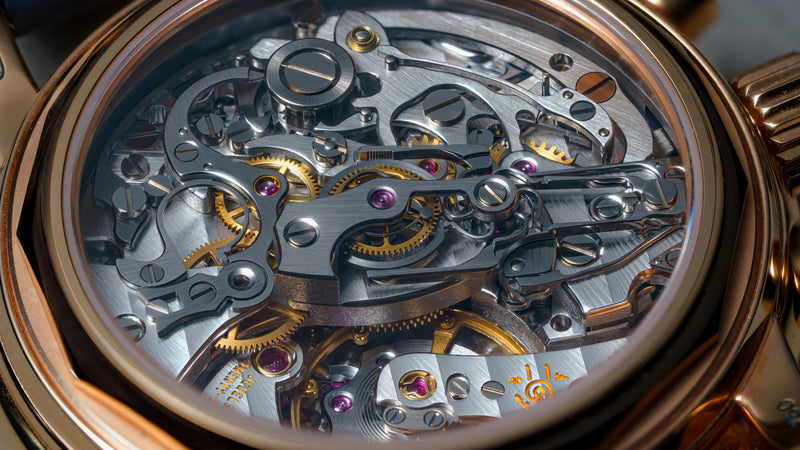







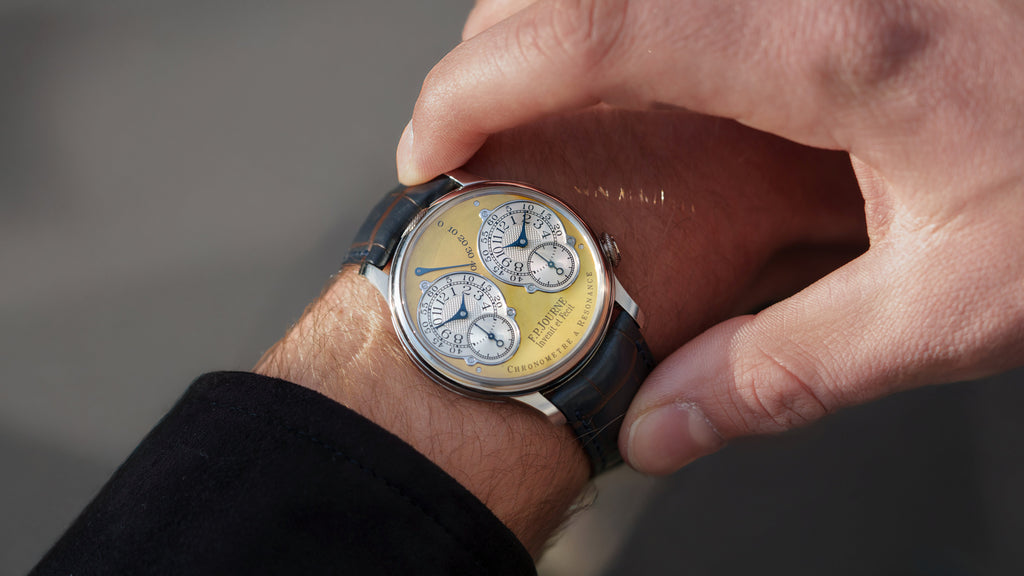
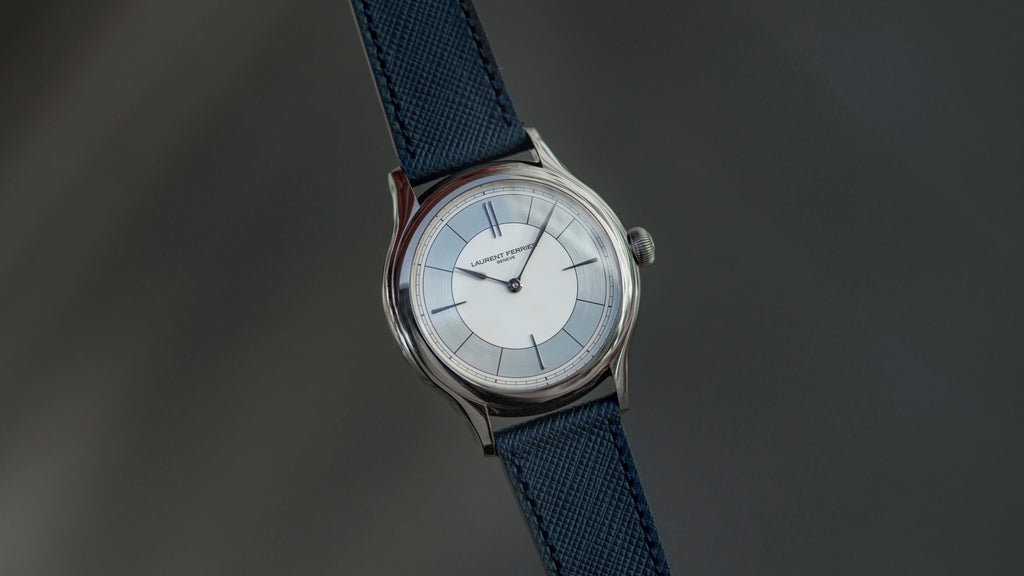

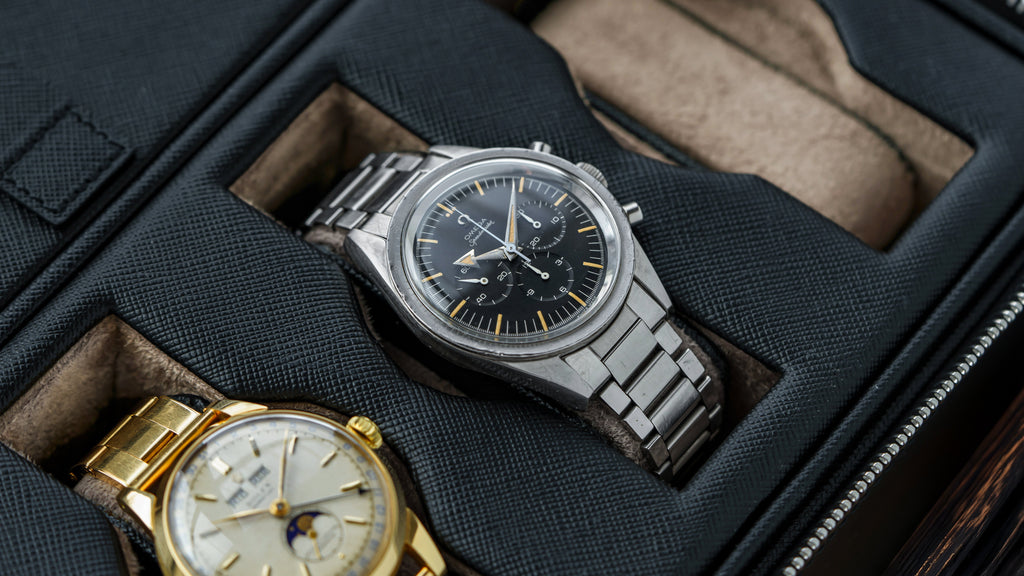
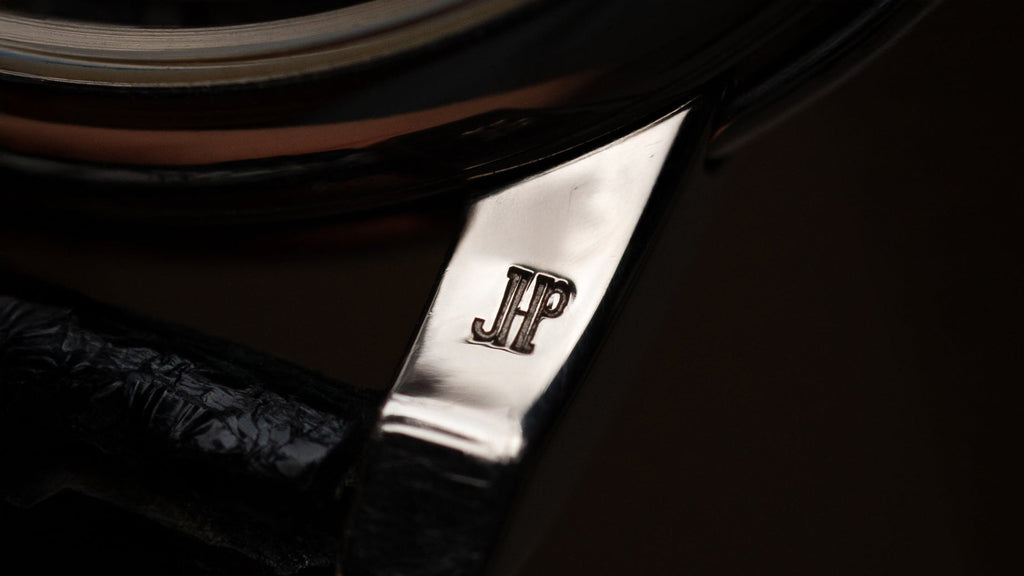
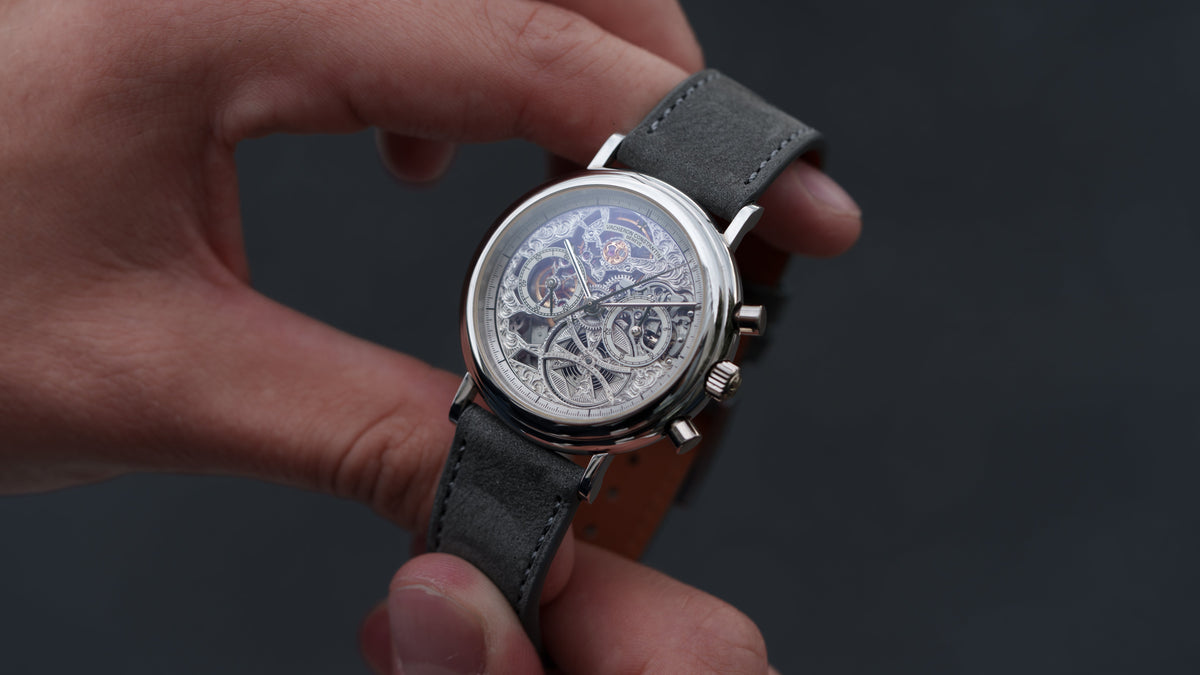
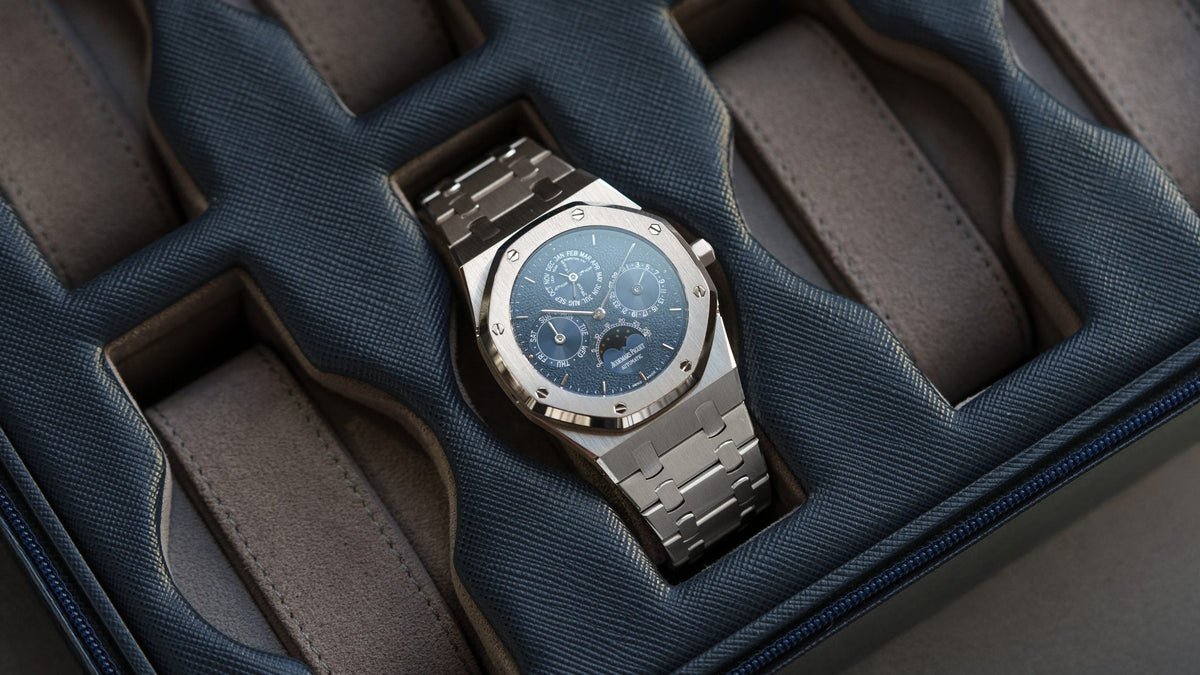
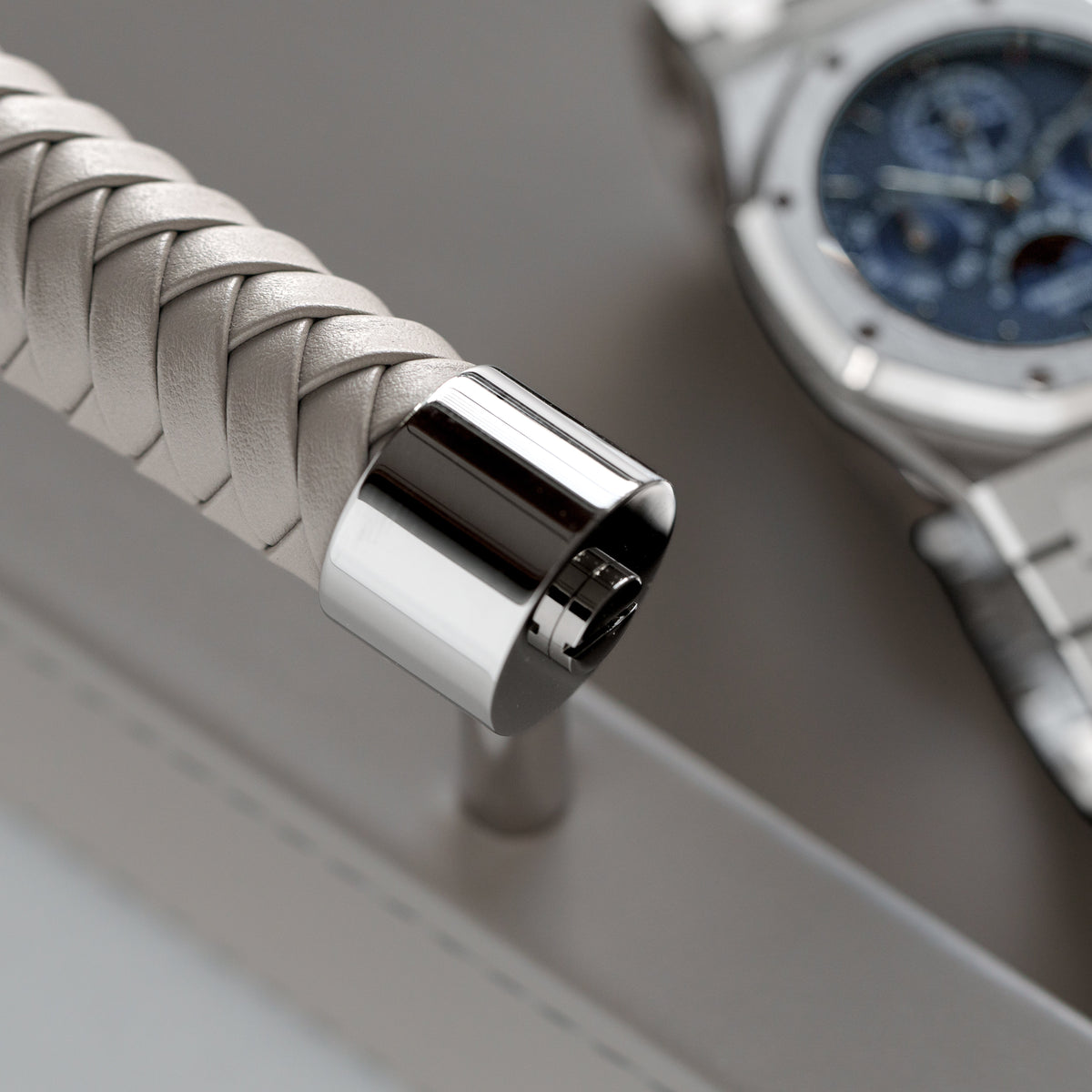


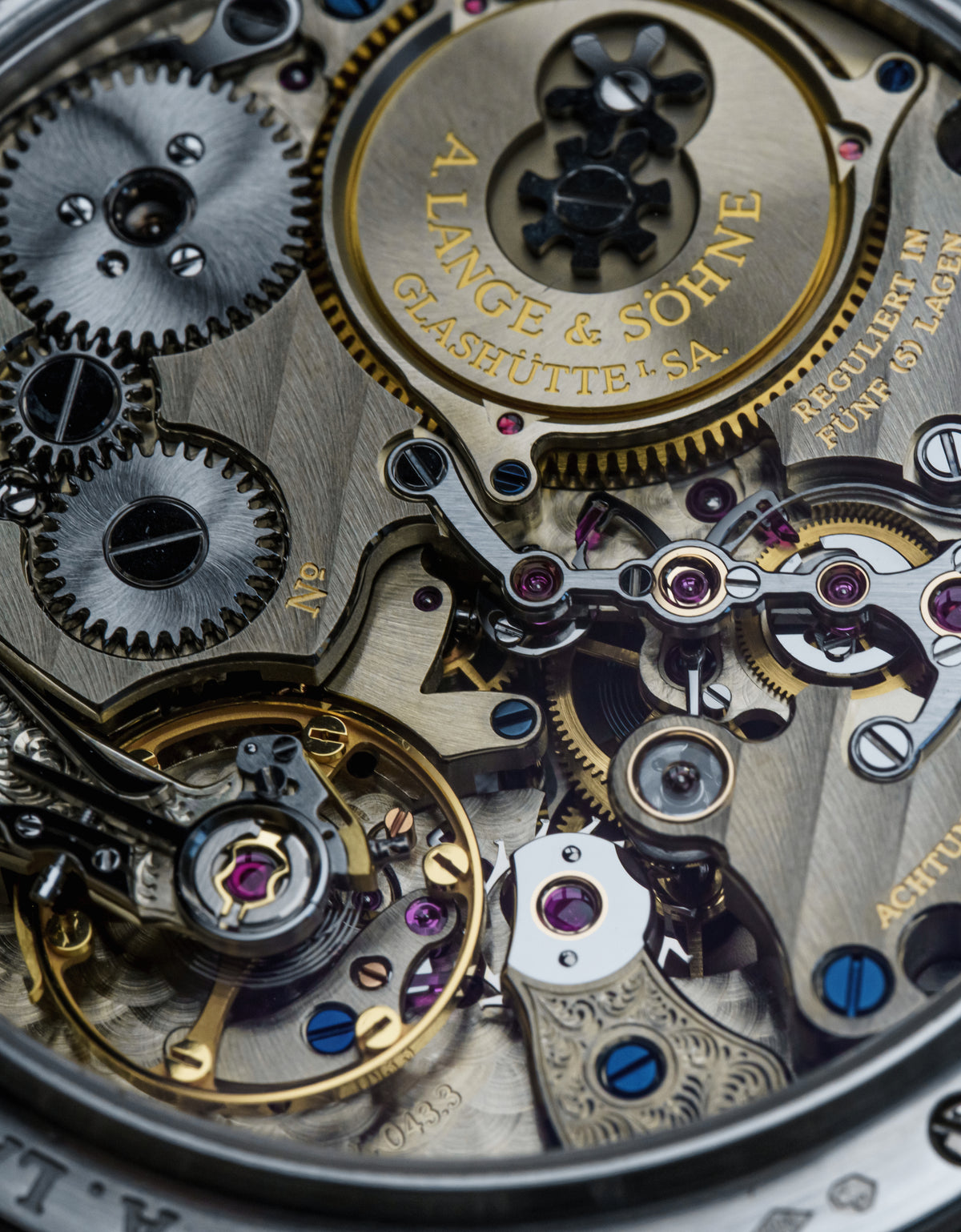
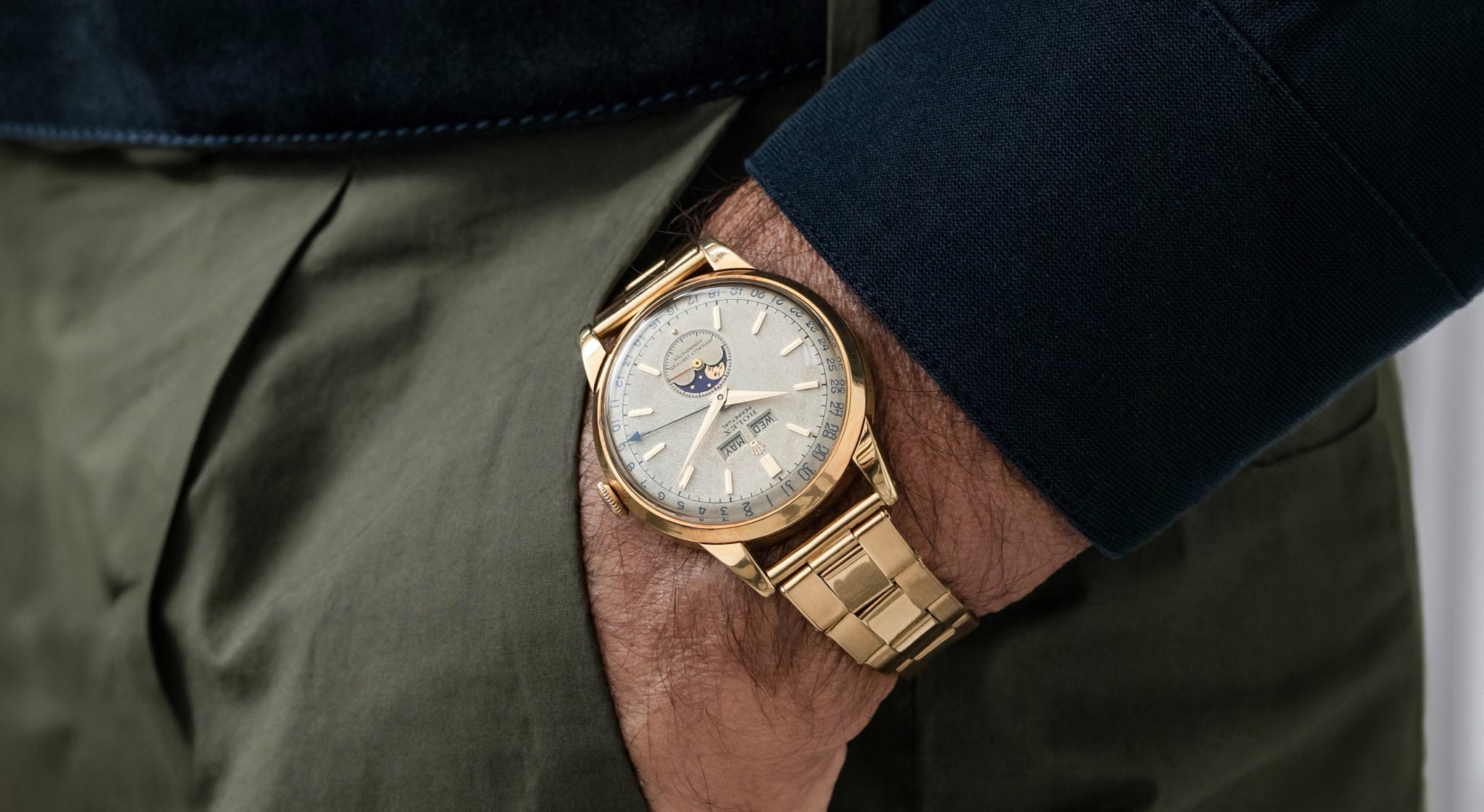
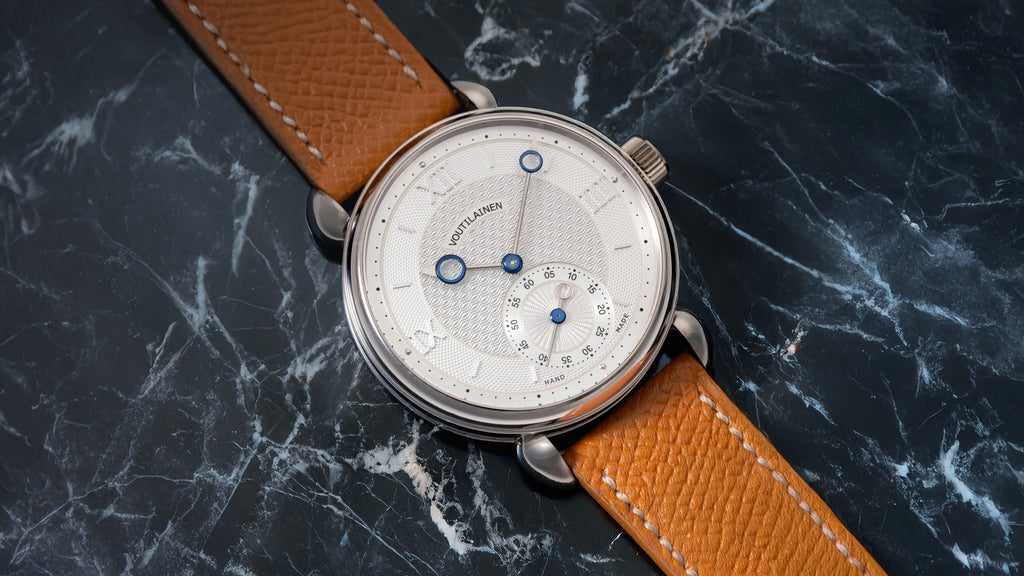
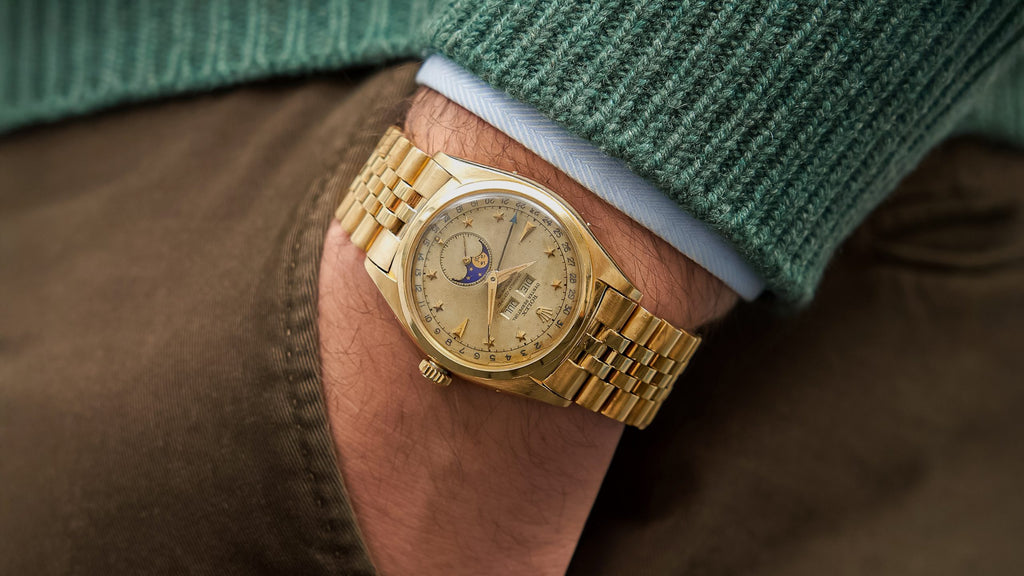
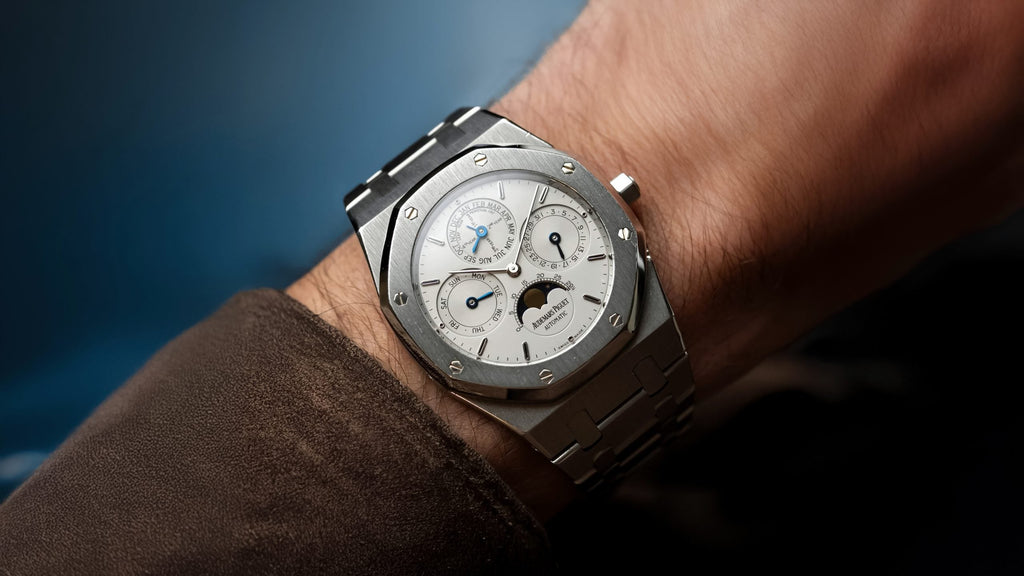
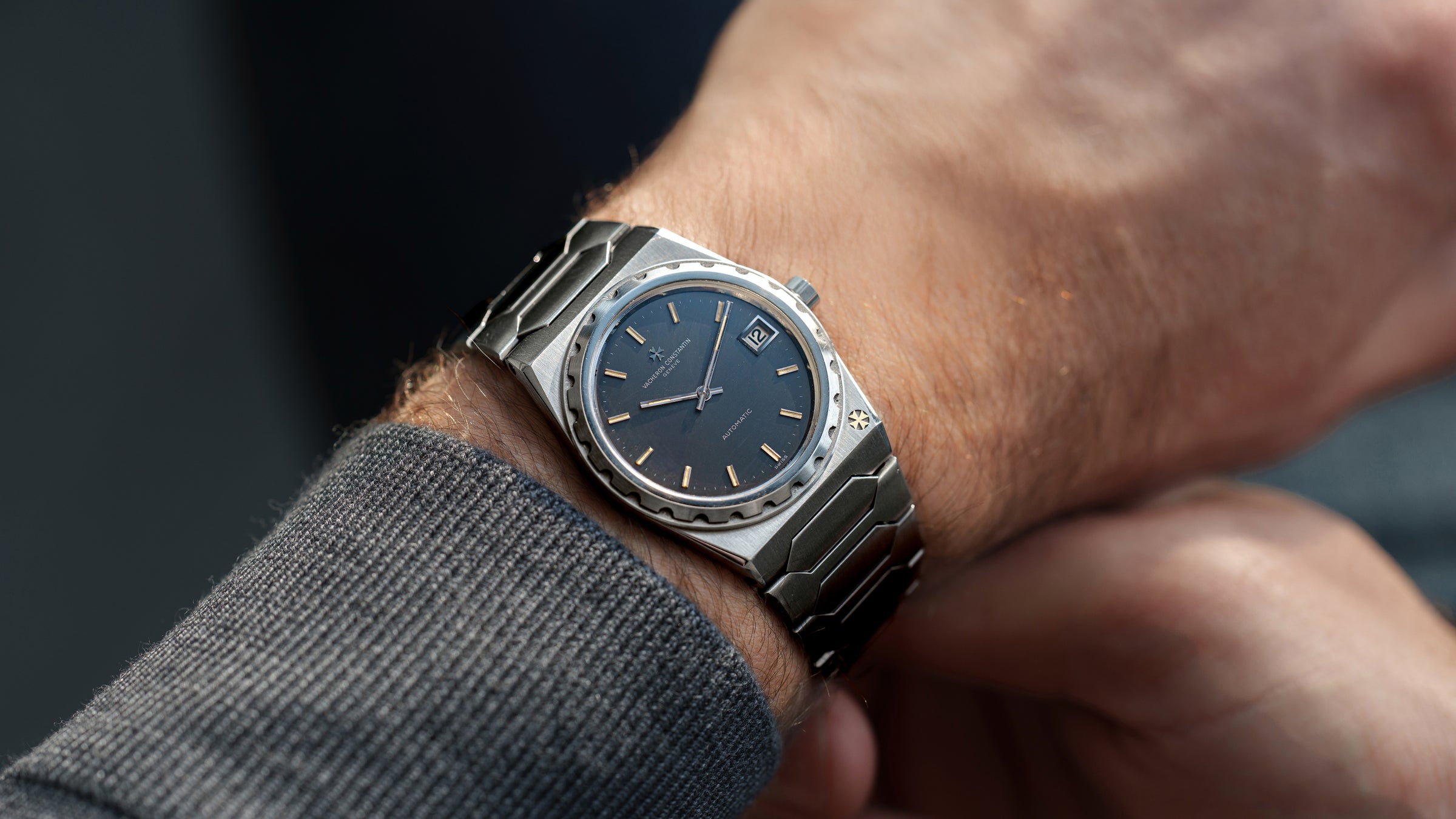
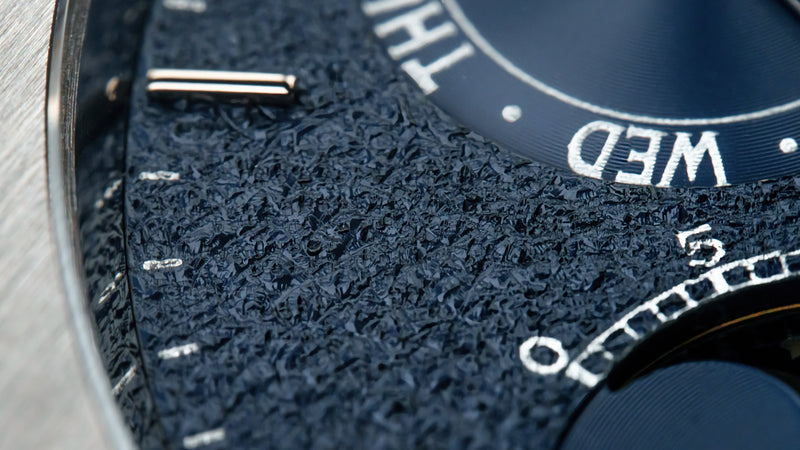

0 comments
Write a Comment